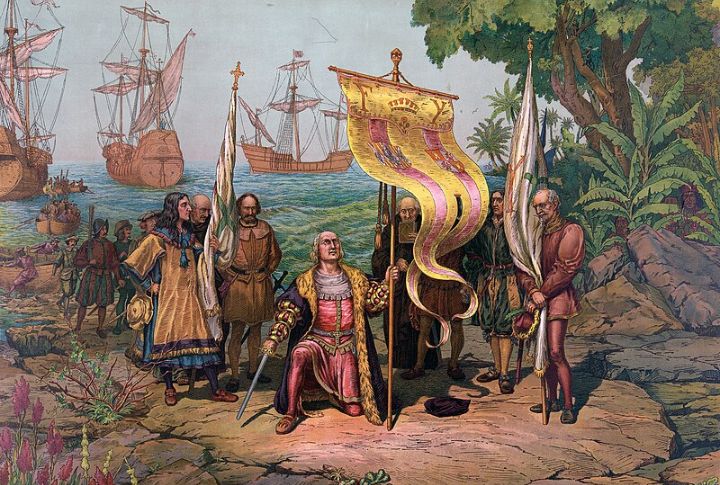
Most people know Christopher Columbus as either a daring explorer or a colonizer. But beyond the textbook stories, there’s a lot about him that often goes untold. And so, we’re taking a closer look at some lesser-known facts about the man whose voyages changed the course of history.
He Didn’t Really Discover America
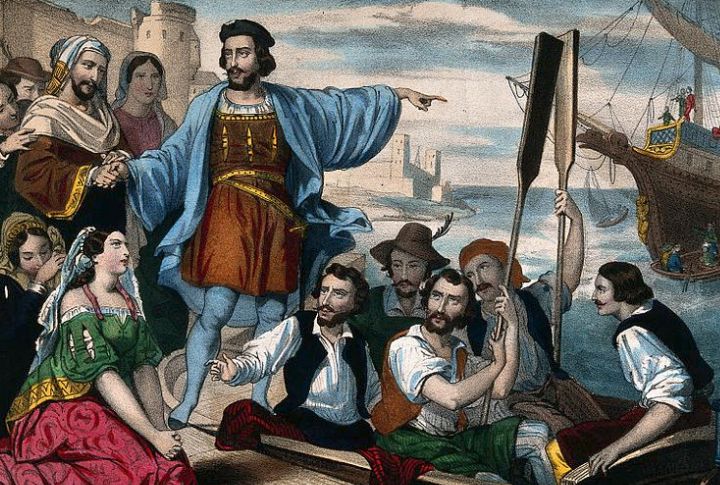
Columbus may have made the most famous voyage, but he wasn’t the first European to reach the Americas. Norse explorer Leif Erikson likely landed in North America about 500 years earlier. Indigenous peoples had, of course, been living there for thousands of years before any Europeans arrived.
He Thought He Had Found The Garden Of Eden
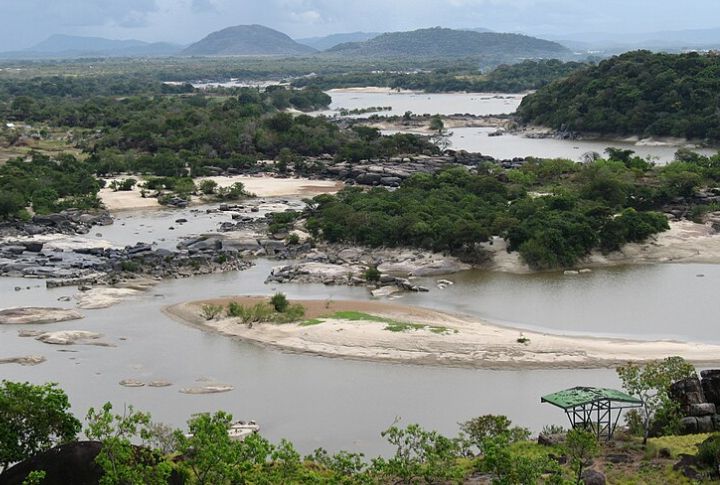
During one of his expeditions in South America, Columbus reached the mouth of the Orinoco River in present-day Venezuela. The scenery was so lush and different from anything he had seen before that he wrote he might have found the entrance to the biblical Garden of Eden.
He Thought He Had Reached Asia
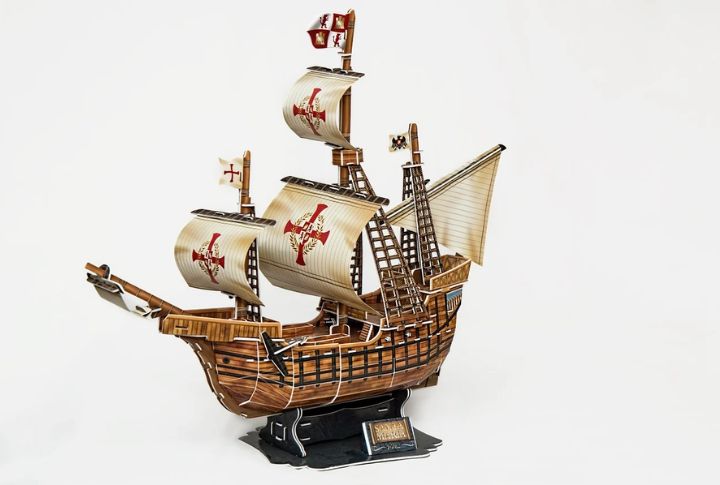
Despite making multiple voyages, Columbus never accepted that he had discovered a new continent. He remained convinced that he had reached islands near Asia. It was Amerigo Vespucci—after whom America was named—who recognized that this was an entirely separate landmass.
His Crew Nearly Mutinied Before They Reached Land
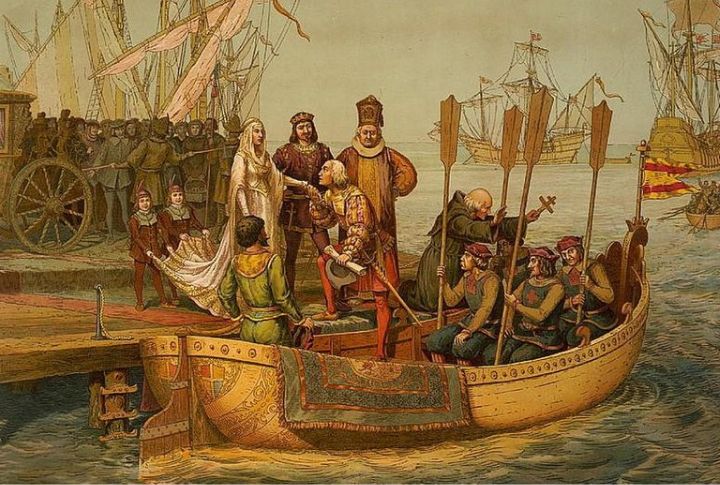
After weeks at sea with no sight of land, Columbus’s crew grew restless. Some historians believe they were on the verge of mutiny. The explorer had to reassure and sometimes deceive them by keeping two sets of logs—one with the real distance traveled and another with a shorter estimate.
A Shipwreck Forced Him To Live Among The Natives
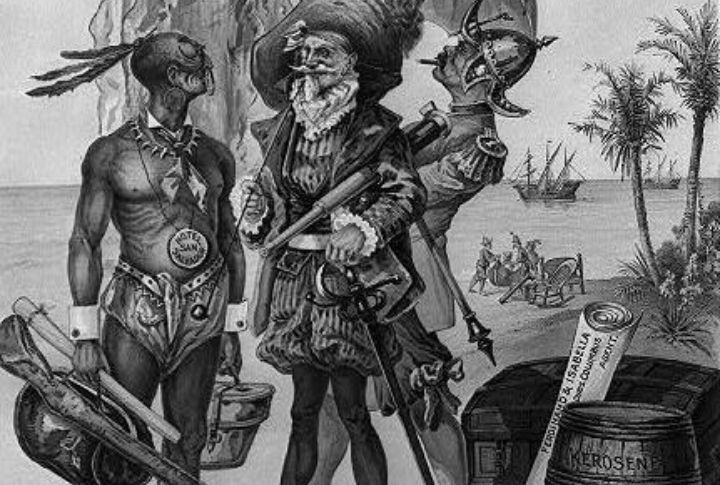
On his fourth voyage, Columbus’s ships were falling apart. He got stranded on the coast of Jamaica for over a year. His men relied on the local Taino people for food and shelter, but tensions grew. He tricked them into continuing to help by using his understanding of an upcoming lunar eclipse.
He Took The Natives Back To Spain As Slaves
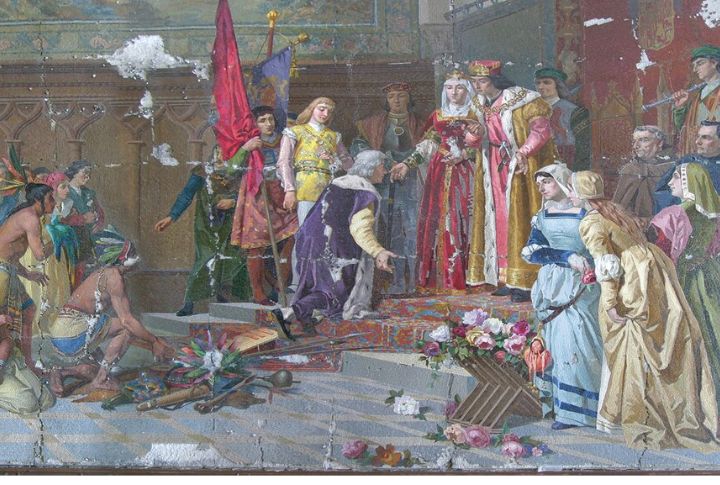
While Columbus is often credited with bringing European civilization to the New World, he also brought suffering. He captured and transported Indigenous people to Spain to be sold as slaves. Queen Isabella was horrified and ordered their release, but he continued to enslave people in the Americas.
He Never Gained Great Wealth From His Discoveries
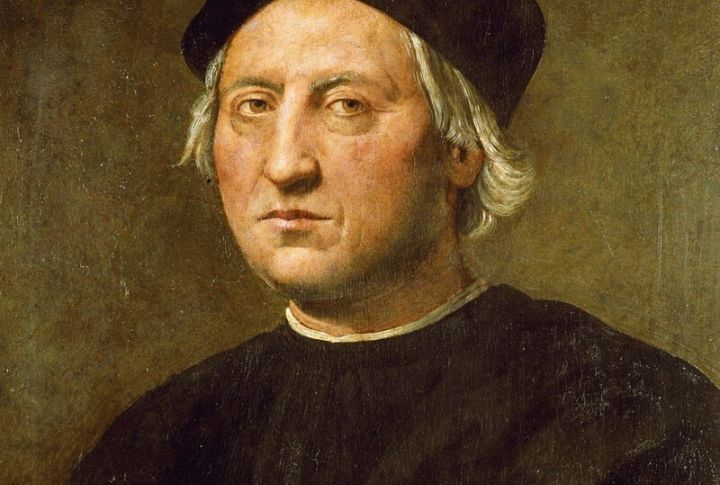
Columbus died in 1506 in Valladolid, Spain. Though not destitute—he received some income from a share of the colonies’ profits—he fell far short of the vast wealth he had envisioned. Resentful over what he perceived as broken promises from the Spanish Crown, he spent his later years seeking recognition for his achievements.
He Might Not Have Been Italian
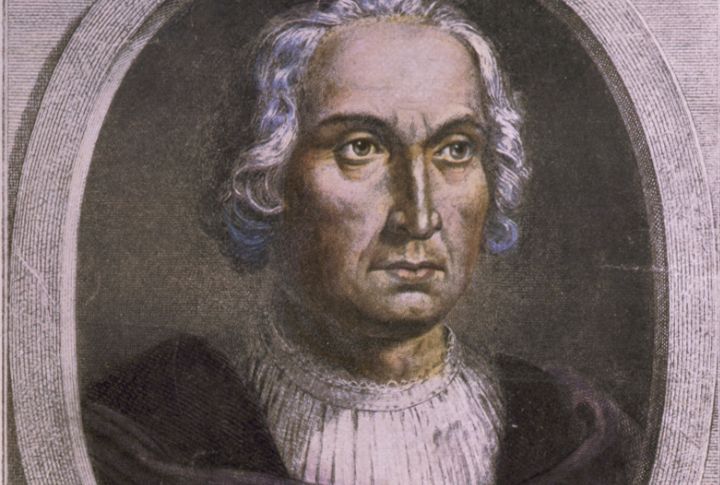
It’s widely accepted that Columbus was born in Genoa, Italy, but some historians question this. Theories suggest he could have been from Portugal, Spain, or even Poland. His letters contain odd spelling patterns and phrases that don’t match Genoese dialects, leading some to believe his true origins were intentionally hidden.
His Remains Have Been Moved Multiple Times
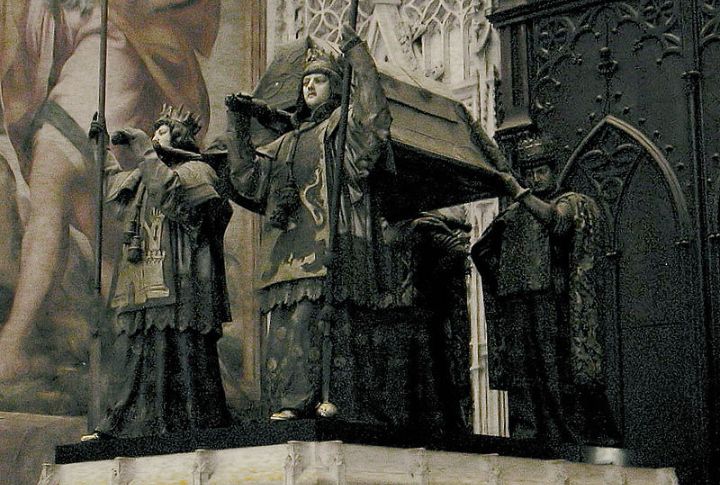
Columbus’s remains were originally buried in Spain, then moved to the Dominican Republic, then Cuba, and back to Spain. Some historians believe part of his remains might still be in the Dominican Republic, leading to an ongoing debate over where his final resting place truly is.
His Voyages And The Columbian Exchange
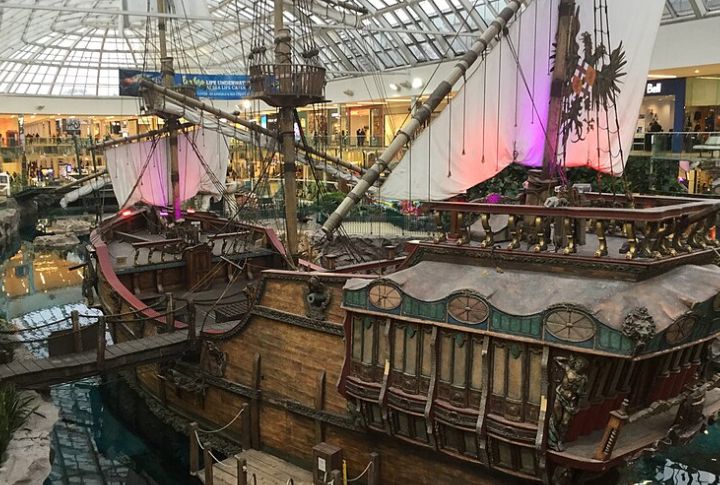
Columbus’s voyages triggered the Columbian Exchange, transferring plants, animals, diseases, and people between the Old and New Worlds. Crops like potatoes and maize transformed Europe, while diseases like smallpox devastated Indigenous populations, reshaping ecosystems, demographics, and economies globally.
Columbus Took A Vow Of Poverty But Loved Luxury
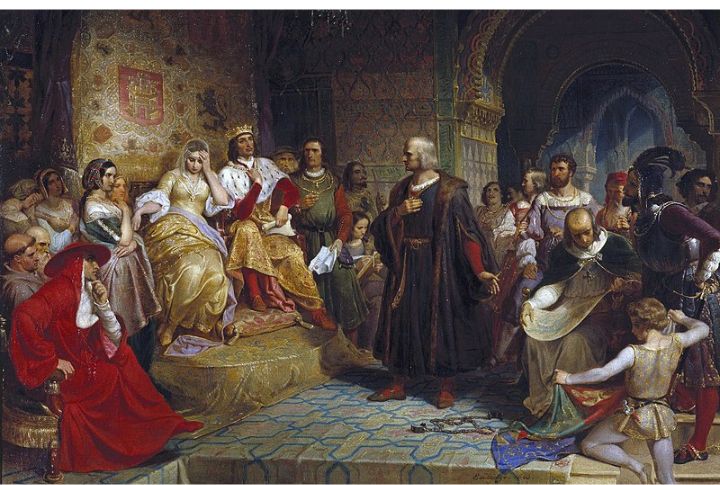
Later in life, Columbus joined the Franciscan Order, which emphasized humility and poverty as core values. However, he had a taste for fine clothing, expensive jewelry, and grand titles. He often wore a robe similar to a monk’s but demanded royal treatment, a personal coat of arms, and a cut of all the riches he found.
He Wasn’t The First To Think The Earth Was Round

A common myth about Columbus is that he set out to prove the Earth wasn’t flat. But by the late 15th century, educated Europeans already knew it was a sphere. The real debate was about the planet’s size. Columbus incorrectly believed it was much smaller than it actually was.
His Ship’s Real Names
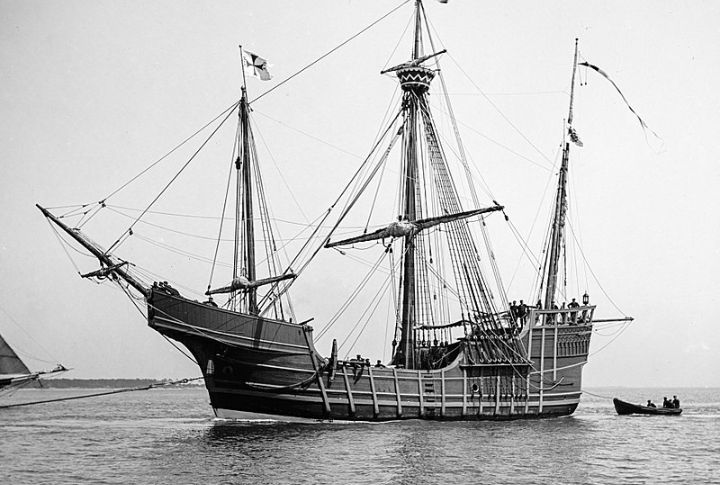
These famous names were not the ones Columbus and his crew actually used. The real name of Nina was Santa Clara, and the Pinta’s true name is unknown. The Santa Maria was originally called La Gallega. The popular names were likely nicknames given by the sailors.
He Got Arrested And Lost His Titles
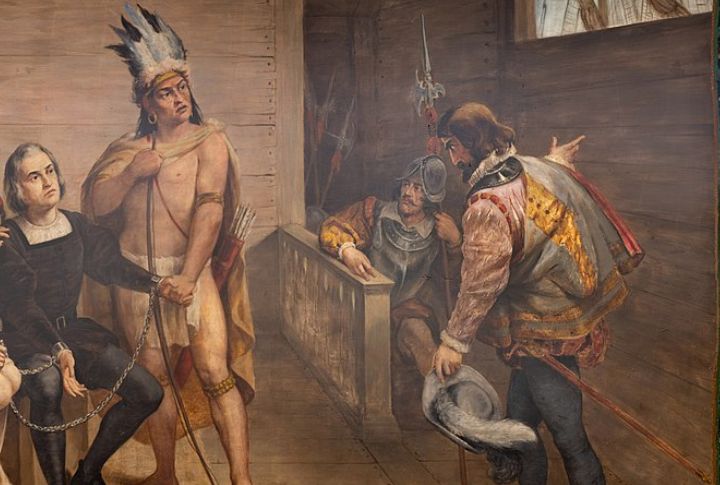
Columbus wasn’t just an explorer—he was also a governor. But his rule over the Spanish colonies was so brutal that complaints flooded in. The Spanish crown sent Francisco de Bobadilla to investigate, and Columbus was arrested and sent back to Spain in chains, losing his titles, though eventually released.
The Spanish Crown Almost Gave Up On Him
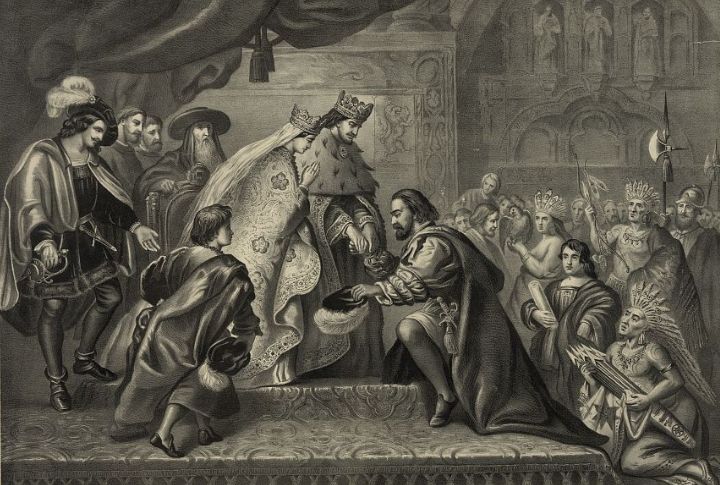
Columbus spent years begging various European monarchs to fund his voyage. Portugal rejected him, and Spain said no multiple times. He only got backing when King Ferdinand and Queen Isabella needed a way to expand their influence after the costly war against the Moors. Even then, they nearly backed out.
He Wrote A Secret Letter About A Doomsday Prophecy
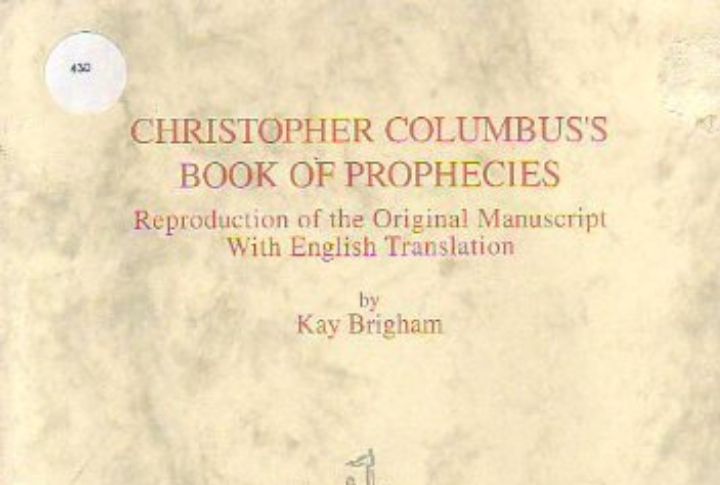
Later in life, Columbus became deeply religious and obsessed with biblical prophecies. In a letter called the “Book of Prophecies,” he claimed his voyages were fulfilling a divine plan that would bring about the end times. He believed he was chosen by God to help spread Christianity before Judgment Day.
His Son Wrote A Biography About The Americas
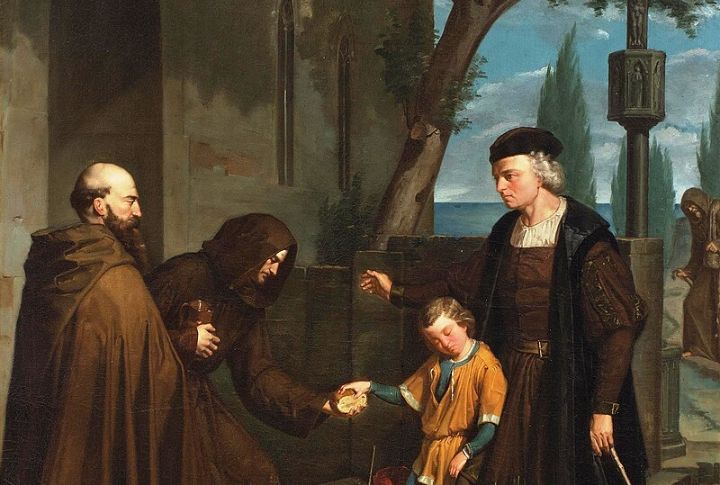
It’s interesting to note that Columbus’s illegitimate son, Ferdinand, wrote a biography about his father’s adventures. While it’s full of exaggerated stories and obvious attempts to protect his navigator dad’s reputation, it remains one of the earliest European accounts of the New World and a key historical document.
A Lunar Eclipse Saved His Life
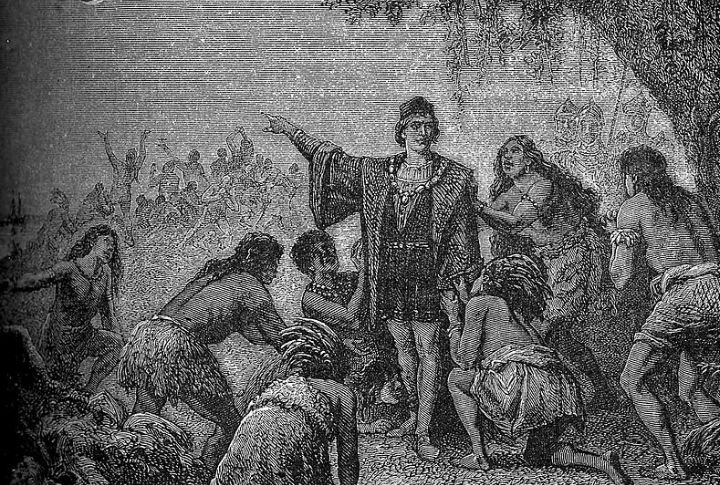
When stranded in Jamaica, Columbus realized the local Taino people were getting tired of helping his crew. Using an almanac, he predicted a lunar eclipse and convinced the Taino that his God was angry with them. The eclipse frightened them, and they continued to supply food.
His Name Isn’t The Same In Every Language
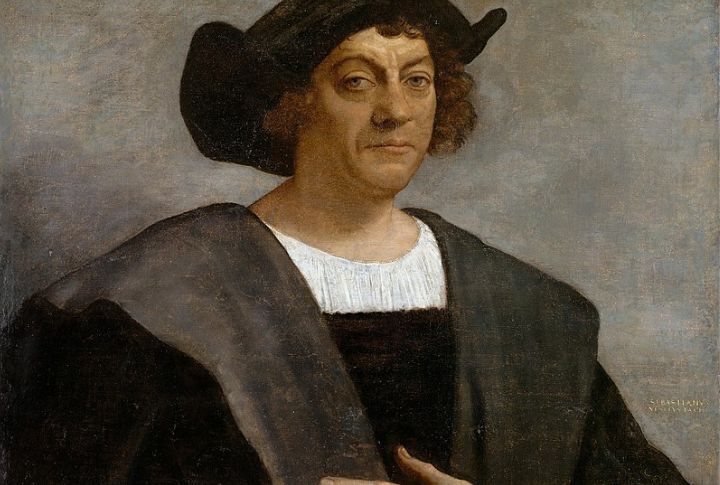
Columbus is an English version of his name. In Italian, he’s Cristoforo Colombo. In Spanish, he’s Cristobal Colon. The different versions of his name can cause confusion, especially since some places and institutions bear his name in various languages. His name was translated and modified, making it sound more familiar to those outside Italy.
Some Places Have Removed Him From History
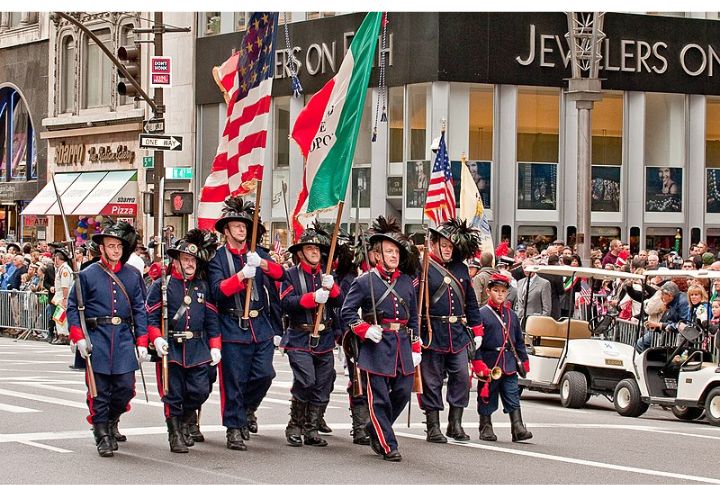
As Columbus’s reputation has shifted, several cities and states have stopped celebrating Columbus Day. Some have even replaced it with Indigenous Peoples’ Day, while statues of him have been taken down in various places. His legacy remains one of the most debated topics in history.

